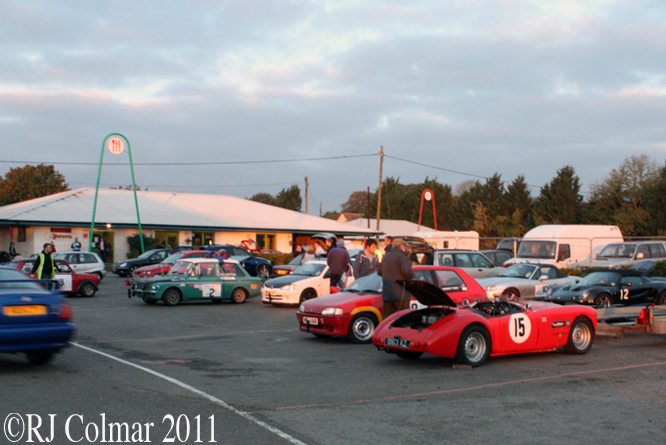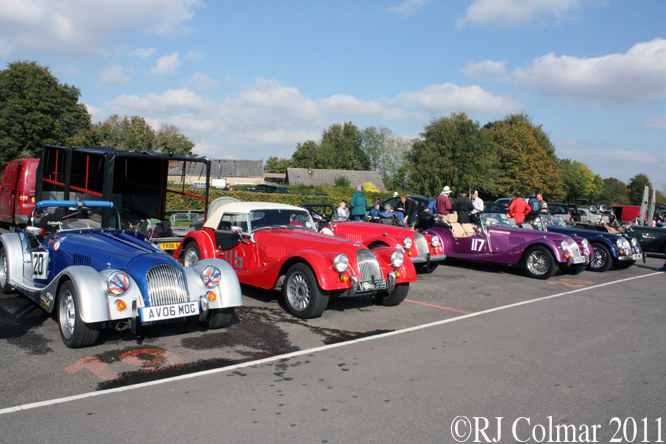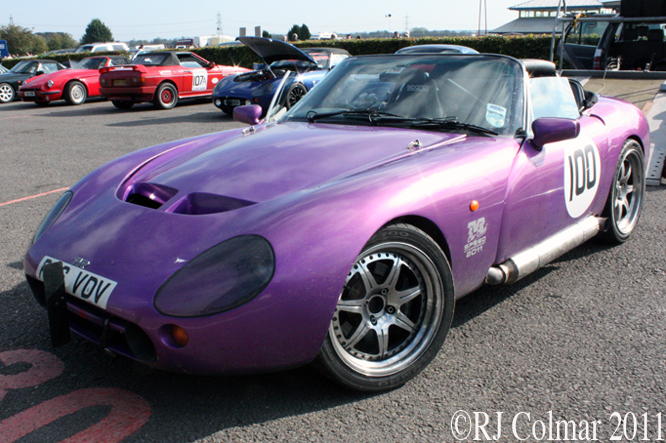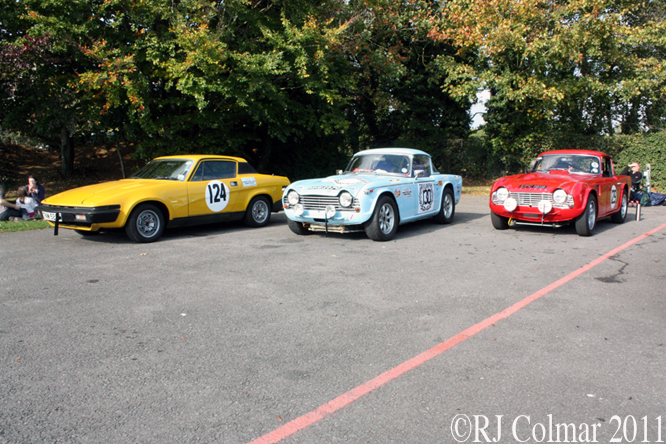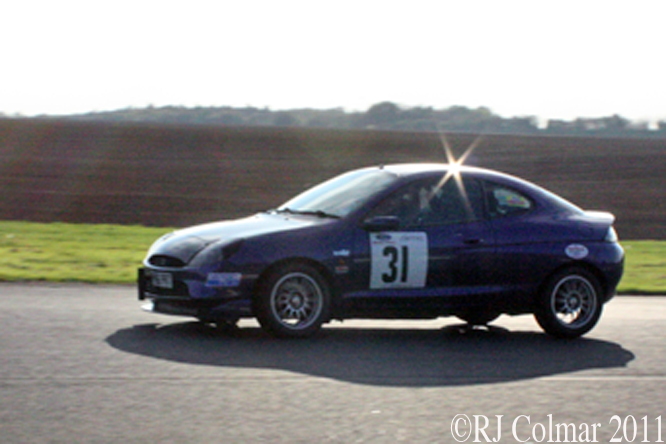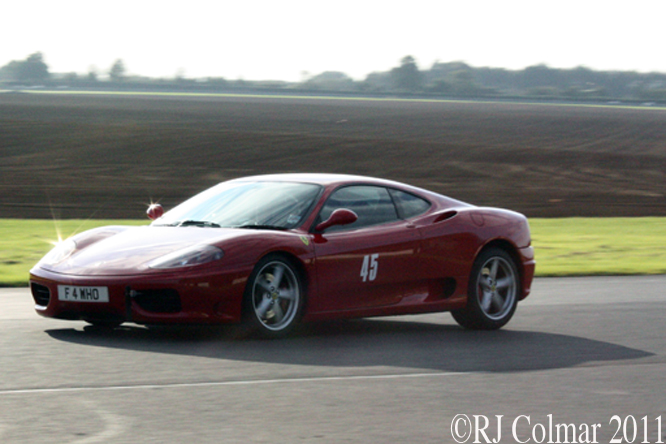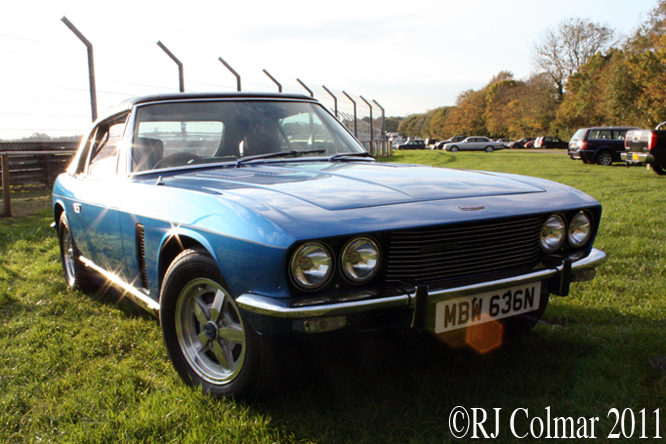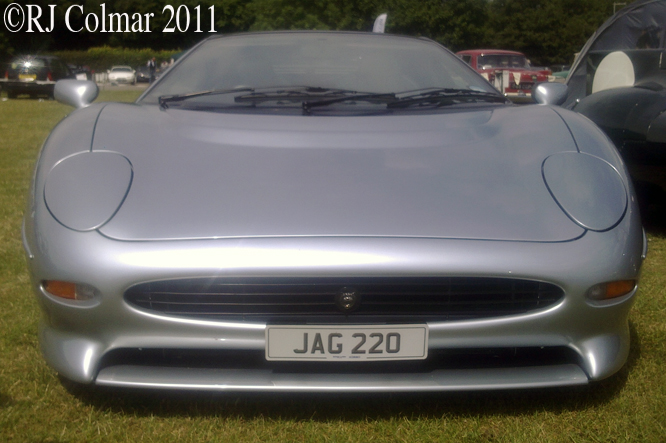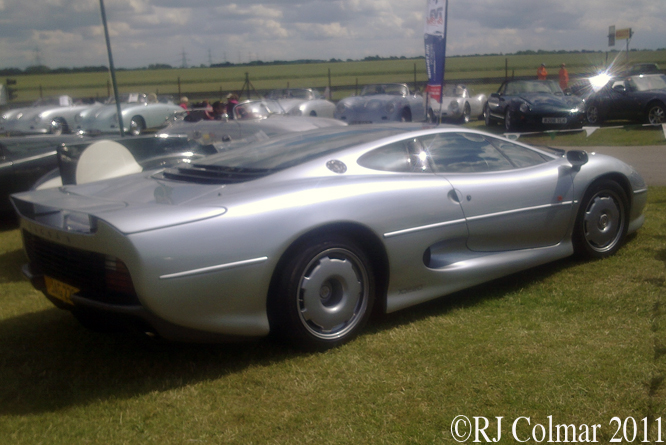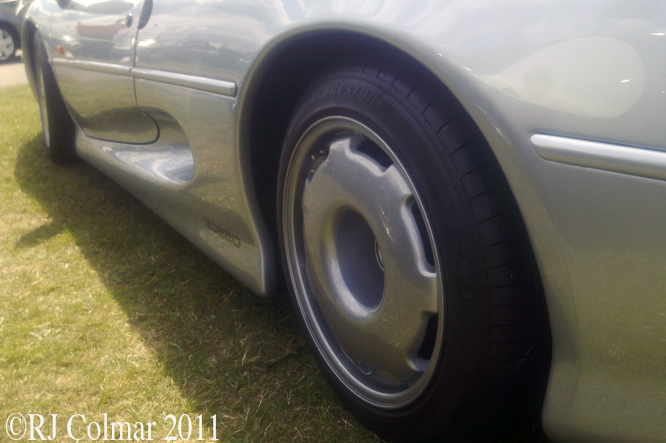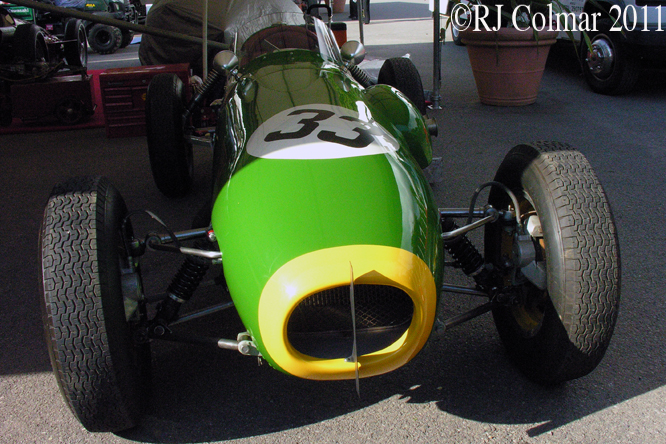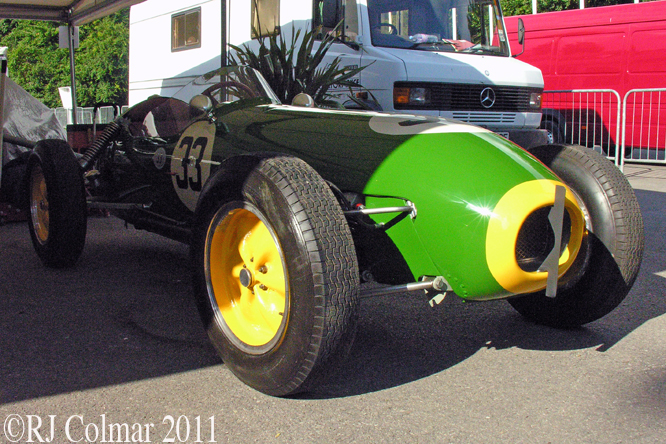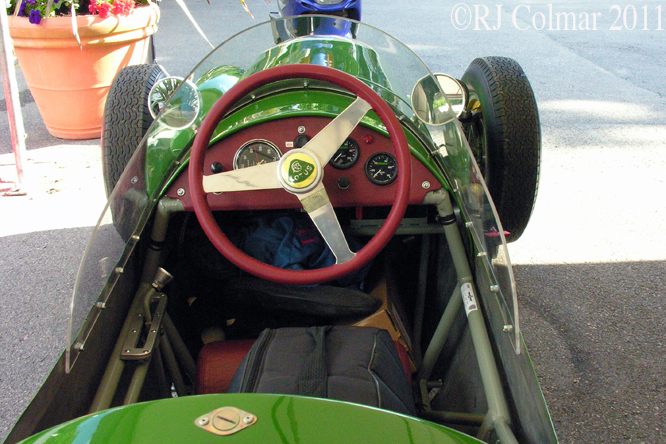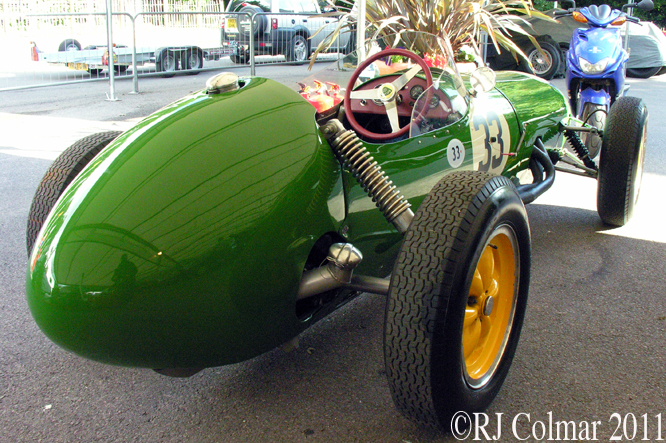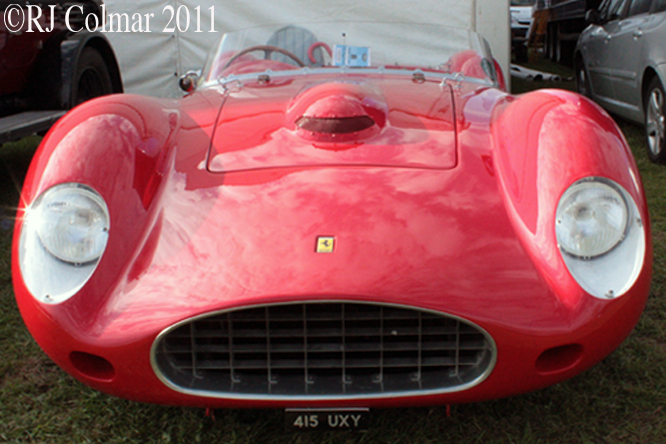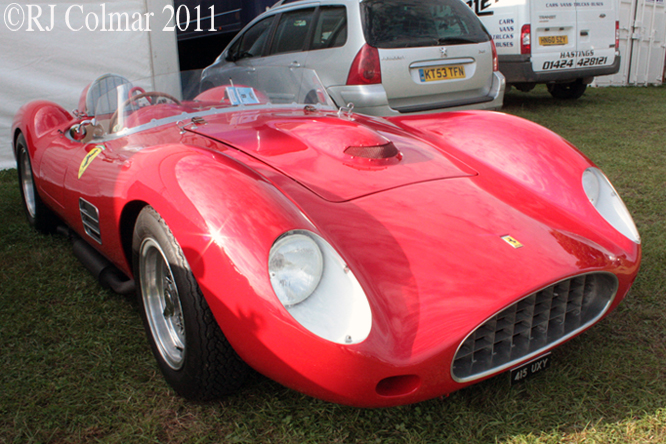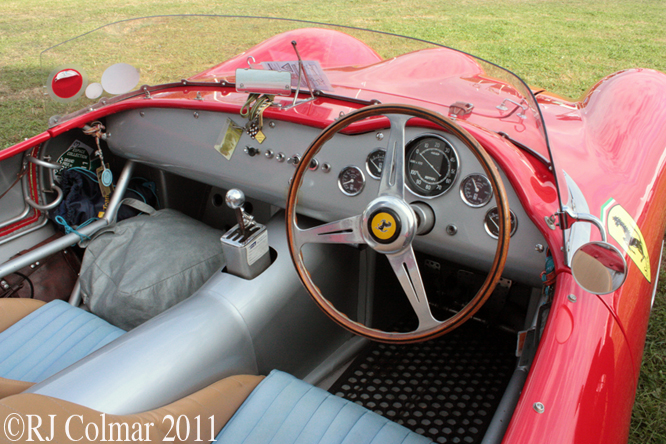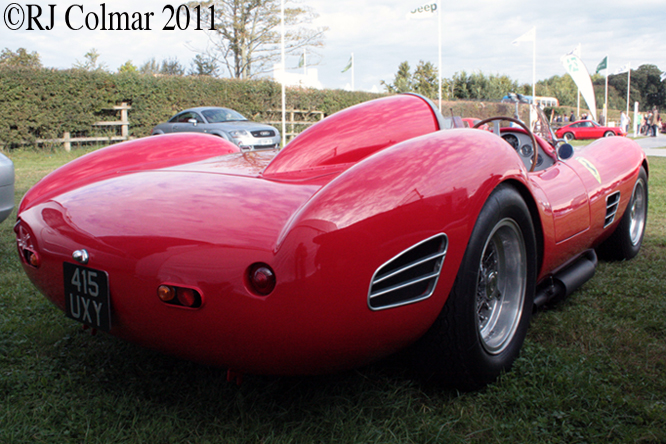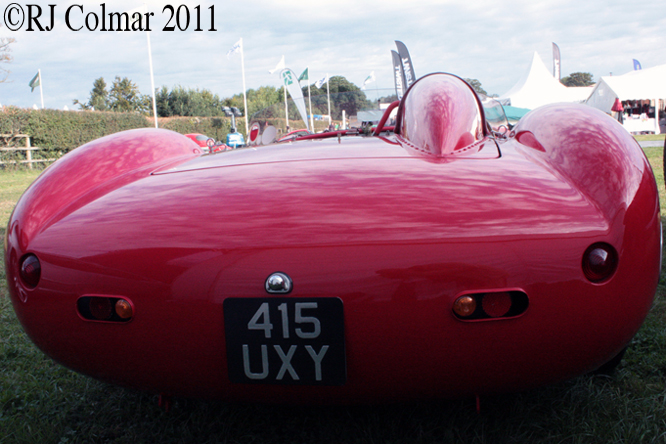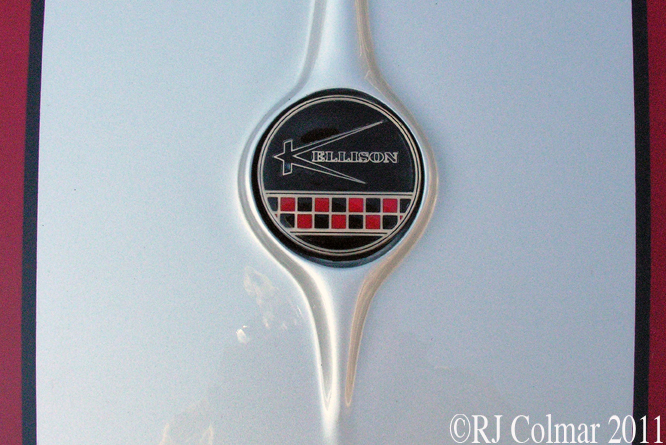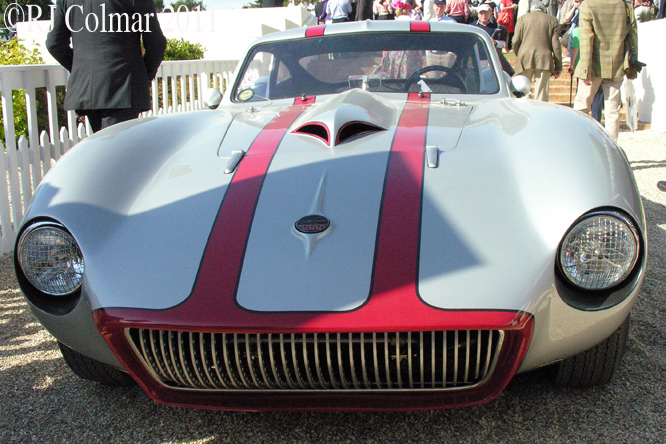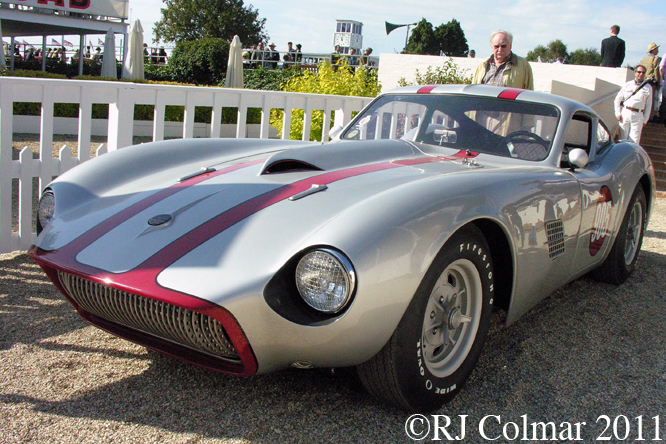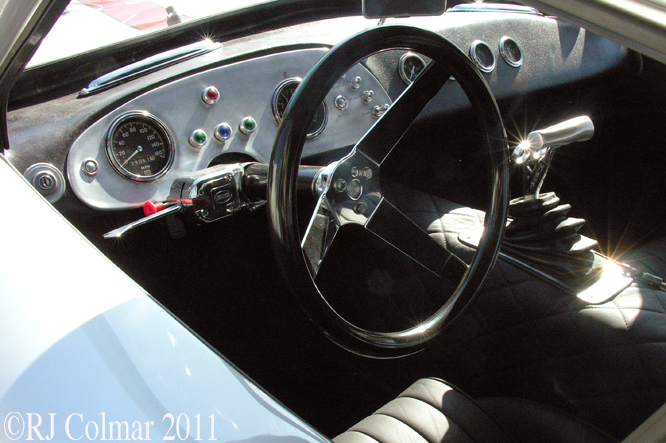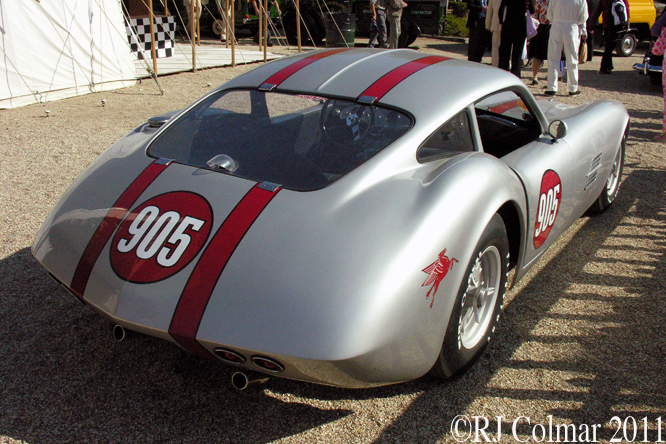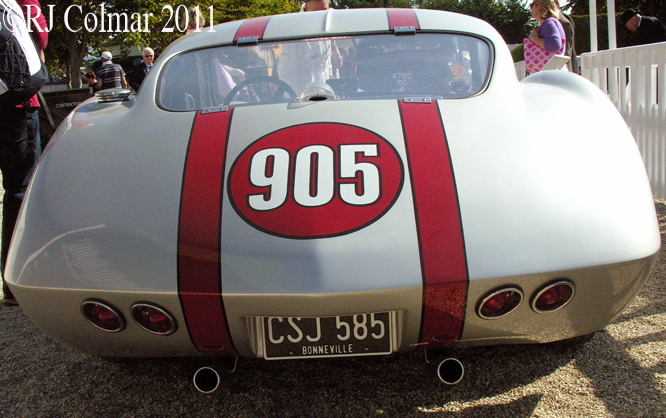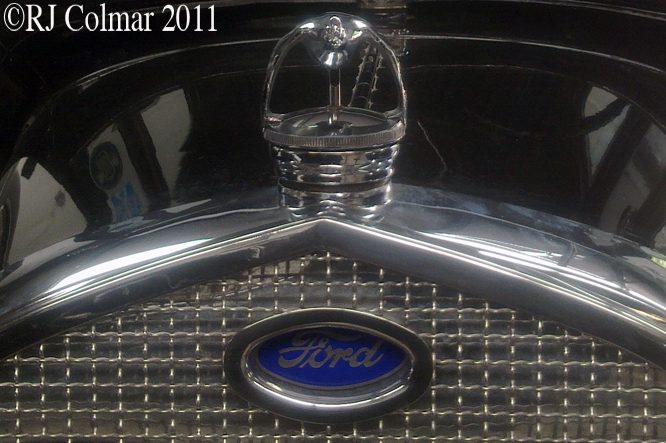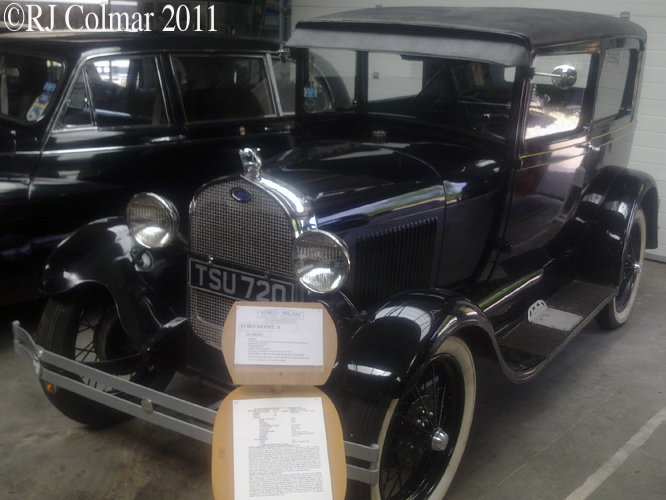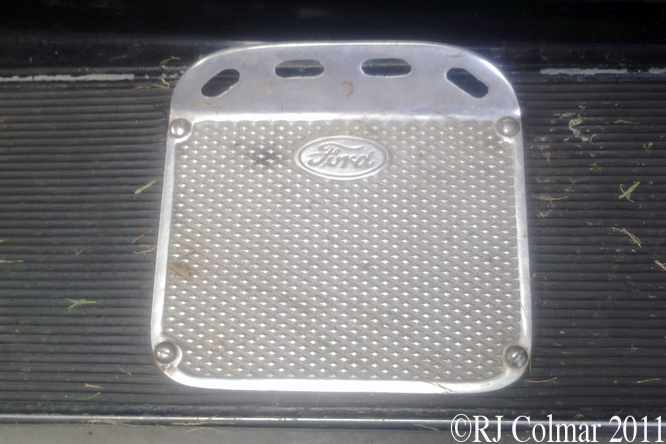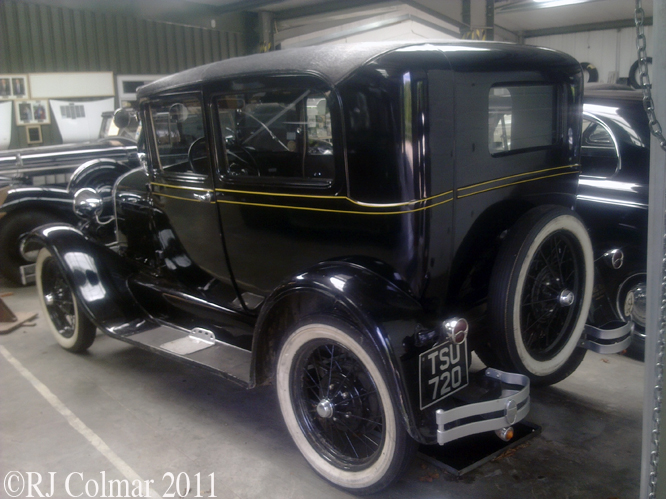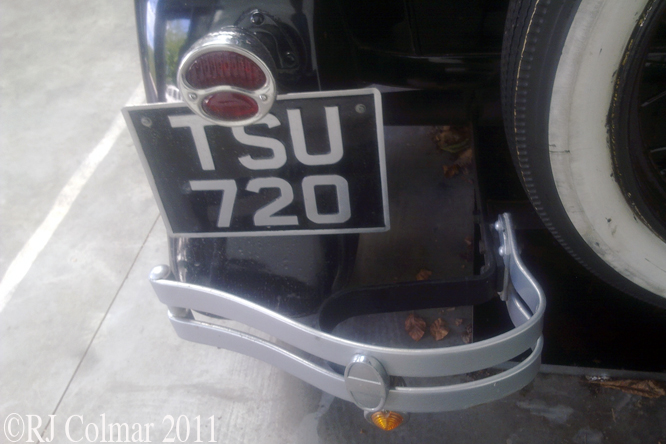A week last Saturday I got up at 6 am and headed down the hill to meet Mark a fellow member of the Bristol Pegasus Motor Club at 7:15 am to catch a lift out to Castle Combe where we were both volunteer marshalls for a day at The Regency Laundry Pegasus Sprint.
Unlike the Wessex Sprint held at Castle Combe which started from the pit lane earlier this year the start of the Pegasus Sprint was at the entry to Camp Corner with the usual finish line on the straight following Camp meaning the sprint course was just over a lap and measured 2.05 miles.
Participants from an additional twenty clubs, including the Morgan CC were invited to take part around 120 entries were expected to make two practice runs in the morning and two competitive runs in the afternoon.
For the morning sessions I was assigned to the inside of Quarry Corner with fellow members Andy and Lewis. We all agreed that the TVR would probably provide the most entertainment during the day and we were not dissapointed. Matthew Oakley’s #100 6158 cc / 376 cui TVR Griffith sounded like it was running a super charger though this was not marked on the entry list.
At Quarry the morning passed relatively uneventfully no spiners, cars with all four wheels off the track or anything of significance to report from a marshaling perspective. Things were a good deal more exciting at The Esses just down the track from us where several competitors spun, dropped oil and in a couple of cases completely failed to take the Esses and headed safely down the escape road.
After a fabulous courtesy chicken curry at The Tavern I had about ten minuets to take some more snaps in the paddock before joining Andy and Lewis at Avon Rise for the afternoon sessions. Above John Dando driving his magnificent Volvo 144 was the sole representative of the Volvo Owners Club present.
Toby Harris sharing the turbocharged #31 Ford Puma, fitted with what appeared to be carbon fibre bonnet and boot panels, above with Lisa Selby was particularly impressive for it’s neutral handling in the corners making it look smooth and fast.
Tim Painter driving his heart warming Ferrari 360 around Castle Combe for the first time did not have such an easy run of it managing just one clean run.
Appearing with rally spec ground clearance was this 2 litre / 122 cui mid engined Darian T9 shared by Colin Early, seen above and Carole Torkington.
Among the fastest cars of the day was the #79 SBD Westfield S2000 of Matt Hillman seen driving above and Steve Broughton, this car has all the go faster bits including Kevlar steering wheel and sequential gearbox.
Finally as the days track activities drew to a close this Convertible Jenson Interceptor pulled up behind our marshalling post in the hands of a new owner who had just purchased it for a very reasonable £24,000. More on this car on Sunday.
I’d like to thank Mark for saving me a long uphill walk by dropping me off right outside my house.
Thanks for joining me on this Regency Laundry edition of ‘Gettin a li’l psycho on tyres’, I hope you will join me again tomorrow when I’ll be looking at a Vintage Vauxhall. Don’t forget to come back now !

